Public toilets are essential infrastructure, especially for people with disabilities. Yet in many areas, access isn’t as open as the word “public” suggests. Increasingly, accessible facilities are locked behind the Master Locksmiths Access Key system (MLAK), requiring a special key that must be applied for, approved, and purchased. Councils have implemented this system into many public facilities throughout Australia, but is this safeguarding access or unintentionally restricting it?
The Master Locksmiths Access Key system was developed to improve access to secure, clean and functioning facilities for people who may not be able to use facilities without accessible features. Councils have adopted this system to reduce vandalism, keep facilities clean, and ensure they are available for people with a disability.
Despite the good intentions behind implementing the MLAK system, it can also create an unnecessary barrier. Some councils provide an MLAK free of charge to people that apply and can prove they are eligible, however the majority of councils charge a fee for this key. Ordering a key from the Master Locksmiths Association of Australasia costs $64, while purchasing from councils can range in price from $25. The application process can also be onerous, often requiring documentation to be acquired from medical professionals.
For people without an MLAK, access to appropriate facilities is restricted. While at a local park recently I noticed the public toilets consisted of an open bank of male toilets, an open bank of female toilets, and a locked unisex accessible toilet:
Even though I was at the park during the day, this facility was still locked. The next closest accessible facility was at the local shopping centre. I looked up the park online to see if there was any information regarding the opening hours of the facility. The National Public Toilet Map (https://www.toiletmap.gov.au/) notes that this is a facility that should only be locked after hours:
There was also no information on the local council website advising that this facility is locked at all times. Someone relying on accessible facilities may have completed the same research I did, arrived at the park, and discovered they would not in fact have access to any accessible facilities. For a person with a disability, this could mean planning a trip only to be met with a locked door and no viable alternative nearby.
The Master Locksmiths Association of Australasia notes:
“The decision to implement high security Master Key Systems is a Council decision. The system is designed to improve access, and not to restrict use, for people with disability. MLAK-enabled facilities (excluding Changing Places facilities) should remain unlocked during daylight hours, or when co-located with unlocked general public toilets. The MLAK system should alleviate the difficulty faced by people with a disability in finding an accessible toilet that is open after hours.”
The MLAK system was introduced with the intention of supporting people with disabilities, offering access to secure and hygienic amenities. Yet in practice, the system can inadvertently introduce new barriers that complicate something as basic as using a toilet. When locked doors are coupled with unclear signage and inconsistent council practices, the result is not greater inclusion, but uncertainty and exclusion.
While MLAK-enabled facilities offer real benefits like improved cleanliness, reduced vandalism, and reliable access after hours, they also introduce barriers that can limit spontaneous use. To truly serve their purpose, these systems require clearer public information, affordable access, and a consistent commitment to inclusion. Because even the best-designed facility loses its value when the door won’t open for those who need it most.



Recent blogs
Enhancing Communication: The Role of Hearing Augmentation
In the realm of accessibility and inclusivity within professional environments, ensuring effective communication is paramount. [...]
Read moreSep
Accessible, But Locked: How Councils Utilise MLAK Systems
Public toilets are essential infrastructure, especially for people with disabilities. Yet in many areas, access [...]
Read moreJul
The Importance of the Hidden Disability Sunflower
The Importance of the Hidden Disability Sunflower You may have recently noticed people wearing a [...]
Read moreJul
Review of Accessibility Provisions at Vivid Sydney 2025
Vivid Sydney has once again dazzled audiences, wrapping up another spectacular year of immersive light [...]
Read moreJun
The Good, the Bad, and the Ugly of Platform Lifts for Accessibility
The Good, the Bad, and the Ugly of Platform Lifts for Accessibility Accessibility is a [...]
Read moreMay
Insights into the Updated Disability (Access to Premises – Buildings) Amendment (2024 Measures No. 1) Standards 2024
Insights into the Updated Disability (Access to Premises – Buildings) Amendment (2024 Measures No. 1) [...]
Read moreMar